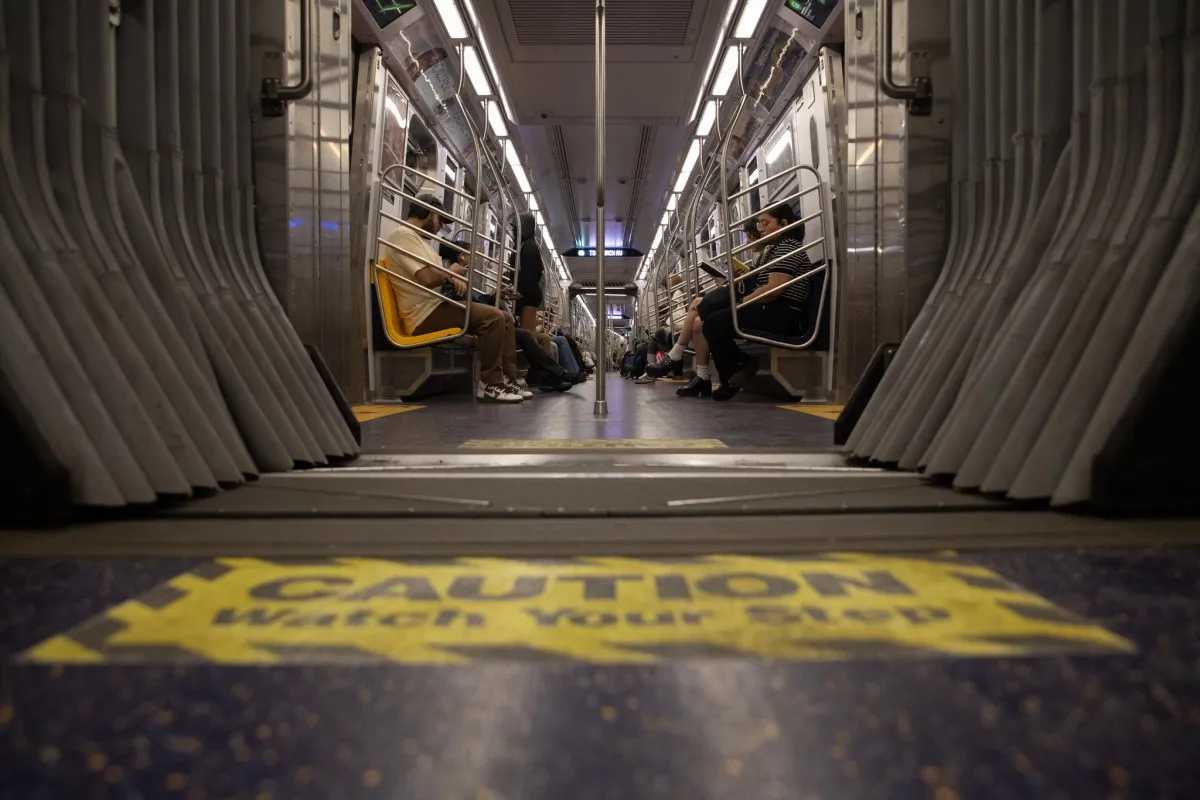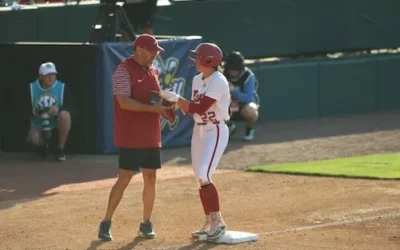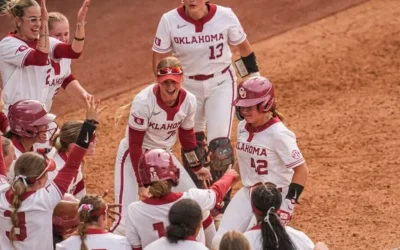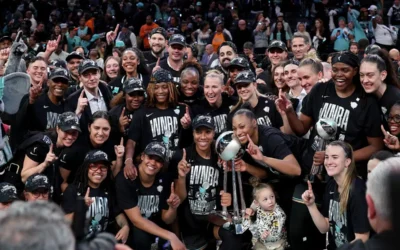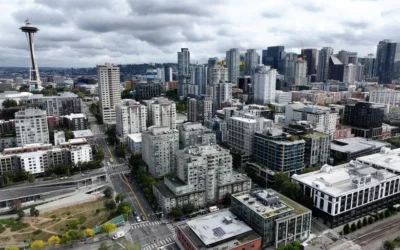MTA’s Ambitious Plans: Expanding Open Gangway Train Fleet Amid Budget Cuts
The Metropolitan Transportation Authority (MTA) is eyeing another significant batch of “open gangway” subway cars, aimed at enhancing commuter experience through more spacious and comfortable train rides. This initiative comes at a pivotal time when the MTA is navigating through budget constraints, newly delineated by state decisions which exempt some State University of New York (SUNY) campuses from the MTA payroll tax. Meanwhile, additional state funding for road repairs has been met with enthusiasm among local officials and commuters alike.
The Open Gangway Design
The open gangway subway car concept, which features a flexible connection between cars, allows for an uninterrupted flow of passengers throughout the train, thereby increasing capacity during peak hours. This innovative design also reduces the typically claustrophobic feel that traditional train cars can present, offering passengers a more pleasant commuting experience.
While the MTA has previously ordered several of these cars, the latest batch aims to address crowding and enhance overall commuter satisfaction. MTA officials have noted that as ridership continues to recover post-pandemic, the demand for more effective transportation solutions is more pressing than ever. MTA Chair Janno Lieber stated, “Our goal is to modernize our fleet while ensuring that we provide a safe and efficient service to New Yorkers. Open gangway cars embody that vision.”
Budgetary Challenges Ahead
Despite the positive outlook regarding the addition of new subway cars, the MTA faces significant challenges regarding its budget. Recent decisions by the State Legislature to exempt some SUNY campuses from the payroll tax have further strained the MTA’s revenue streams. This tax has historically contributed significantly to funding transit systems; thus, its reduction could lead to constraints on future service enhancements.
Governor Kathy Hochul affirmed the necessity of such exemptions in her recent budget address, underscoring a keen focus on supporting higher education institutions amidst economic recovery efforts. However, this comes at a cost to entities like the MTA, opening discussions on how to balance the needs of students with those of commuters. As state financial support navigates toward educational priorities, the challenge remains for the MTA to maintain its service quality and safety standards.
Community Reaction and Impact
The community’s reaction to these changes has been mixed. While many commuters express excitement about the new open gangway cars—envisioning an easier and more pleasant commute—others are concerned about potential service cuts or rising fares attributed to the MTA’s reduced financial resources. Advocates for public transportation argue that investment in subway systems is crucial for the economic vitality of the state and should not be overshadowed by budget cuts.
In a statement to the press, city councilmember Linda Lee emphasized this point, stating, “We need to ensure that while we’re supporting education through tax exemptions, we also do not hinder essential services like the public transportation that millions of New Yorkers rely on daily.” There are calls for a reevaluation of funding allocations to secure both educational and public transport needs adequately.
Road Repair Funding Welcomed
In another significant development, local governments and transport advocates have welcomed additional state funding aimed at repairing local roads and infrastructure. The state recently allocated extra funds through legislation aimed at improving road safety and travel efficiency. This initiative is particularly crucial in the aftermath of harsh weather conditions that have damaged many roadways.
State legislators publicized their enthusiasm for these measures, highlighting that improved roadways will not only enhance safety but also support local economies by improving access to businesses and facilitating smooth transportation routes. According to the New York State Association of Counties (NYSAC), better roads maintain the fabric of community connection, vital for both residents and economic growth.
Future Outlook
Looking ahead, it remains imperative for the MTA to engage with stakeholders and explore avenues for enhancing its revenue base to accommodate the demands of subway expansion and modernization. Competition for state funding among various sectors will require more innovative approaches from the MTA, including improved operational efficiencies and possibly exploring alternative revenue sources.
MTA officials have hinted at a more proactive strategy, which might include public-private partnerships and enhanced fare structures that ensure consistent and sustainable funding streams. As Janno Lieber mentioned, “We need to think outside the box and be ambitious in our commitment to serve New Yorkers.” Continued dialogue between the MTA and state authorities will be essential to navigate the complex challenges posed by financial constraints while ensuring essential infrastructure improvements.
Conclusion
In the face of budget challenges and potential service disruptions, the MTA’s plan to expand its fleet with open gangway cars is an optimistic endeavor aiming at improving the daily commute for millions of New Yorkers. Coupled with state initiatives for local road repairs, these developments signal a push toward modernized transit solutions and infrastructure resilience. However, equitable resource allocation between education, public safety, and transportation remains a crucial aspect that will determine the ultimate success of these ambitious plans.
The coming months will be pivotal as the MTA seeks to navigate its multifaceted challenges while maintaining its commitment to providing safe, reliable, and efficient transportation services to the residents of New York.

